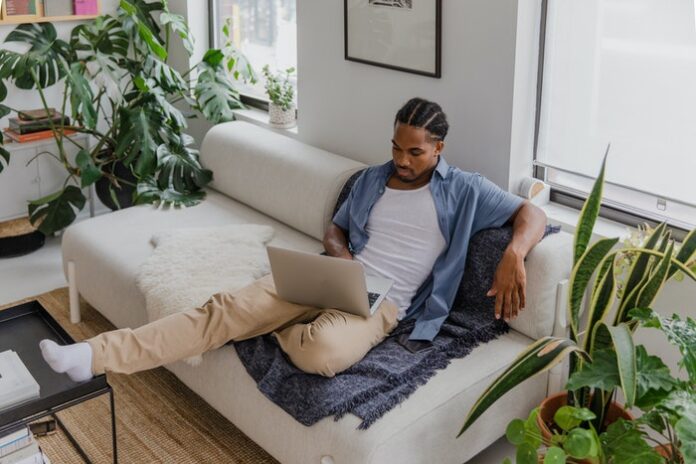Covid-19 has transformed almost every aspect of our lives in ways nobody could have imagined. In particular, the vast majority of people have experienced elevated stress or anxiety as a direct result of the pandemic. In fact, the American psychological association reports that eight in every 10 adults have suffered pandemic-related stress over the course of the past two years. One thing missing is spending time outdoors.
One of the few silver linings to be found in the whole saga has been the realization of many Americans’ dreams to work from home. The rise of hybrid and remote work was welcomed by millions of individuals and households, and it continues to be the preferred option for most. According to Prudential’s Pulse of the American Worker Survey, 87% of those working fully or partially at home throughout the pandemic would like to continue doing so permanently.
However, what has also become apparent is the potential for home working to cause difficulties in achieving the ideal work-life balance — not to mention, limit the likelihood of many home workers setting foot outdoors during the average day.
Research has shown how spending time outdoors surrounded by nature can have profoundly beneficial effects on psychological and physical health. This is something that should be playing right into the hands of home workers, but clearly is not being taken full advantage of.
The Benefits of Spending Time Outdoors
There is overwhelming evidence to support claims that spending time outdoors is good for you. One recent international study conducted on more than 16,000 participants in 18 countries found that those who had spent time in the countryside, by the sea, or in open natural spaces in general during the previous four weeks had lower levels of stress and a higher state of wellbeing than their counterparts.
The benefits of spending more time outdoors are well documented, but it is something few of us have been doing as of late.
According to a recent study carried out by the Outdoor Foundation, Americans collectively embarked upon a billion fewer outdoor excursions in 2018 than in 2008. We have now reached a point where the average American spends a minimum of 90% of their time indoors.
When asked, those taking part in the study said that video games, TVs, and consumer electronics in general are sublime for the sedentary indoor way of life. In addition, a separate study from APM Research Lab in 2019 found that a third of people are spending more time separated from nature due to their work-related commitments.
Working from home should provide more people than ever before with ample opportunity to make the most of the great outdoors. Whether or not this is happening remains to be seen, but employers are being urged to play a more proactive role in supporting the wellbeing of their home workers.
Working Outdoors Whenever Possible
In particular, those who are able to take their home office duties outdoors are being advised to do just that as often as possible. We are all at the mercy of nature, but making every effort to make the most of the good weather while it lasts can bring a long list of benefits.
Setting up a comfortable and practical workspace holds the key to a productive day indoors or outdoors. Some prefer minimalist workstations, while others enjoy the comfort and appeal of multipurpose farmhouse tables. Some prefer quiet solitude, while others work best with a good bit of background noise. Either way, it is essential to focus just as intently on your comfort as you would on your indoor workspace.
To ensure home workers are able to make the most of amicable conditions outdoors, employees are being asked to demonstrate greater flexibility. In accordance with geography and seasonal changes, the most pleasant times of day to spend outdoors could be quite different from one scenario to the next. Where employers demonstrate flexibility to working hours, home workers can adjust their routines to spend more time outdoors accordingly.
Bringing the Outdoors Indoors
If spending time outdoors is impractical or impossible, the next best thing is to bring a touch of the outdoors indoors. Research has shown that by simply adjusting the décor of a workspace, it is perfectly possible to emulate many of the effects of spending time outdoors.
For example, advanced lighting that replicates natural light more faithfully than conventional bulbs can make a real difference. Boosting the aesthetic of a workspace with a liberal scattering of green plants and fresh flowers also can make a difference.
However, even in the most nature-inspired interior, spending 90% of your time indoors can be hazardous to your health. For the sake of your psychological and physical wellbeing, making every effort to get outdoors more often should be your priority.
Find a Home-Based Business to Start-Up >>> Hundreds of Business Listings.

















































